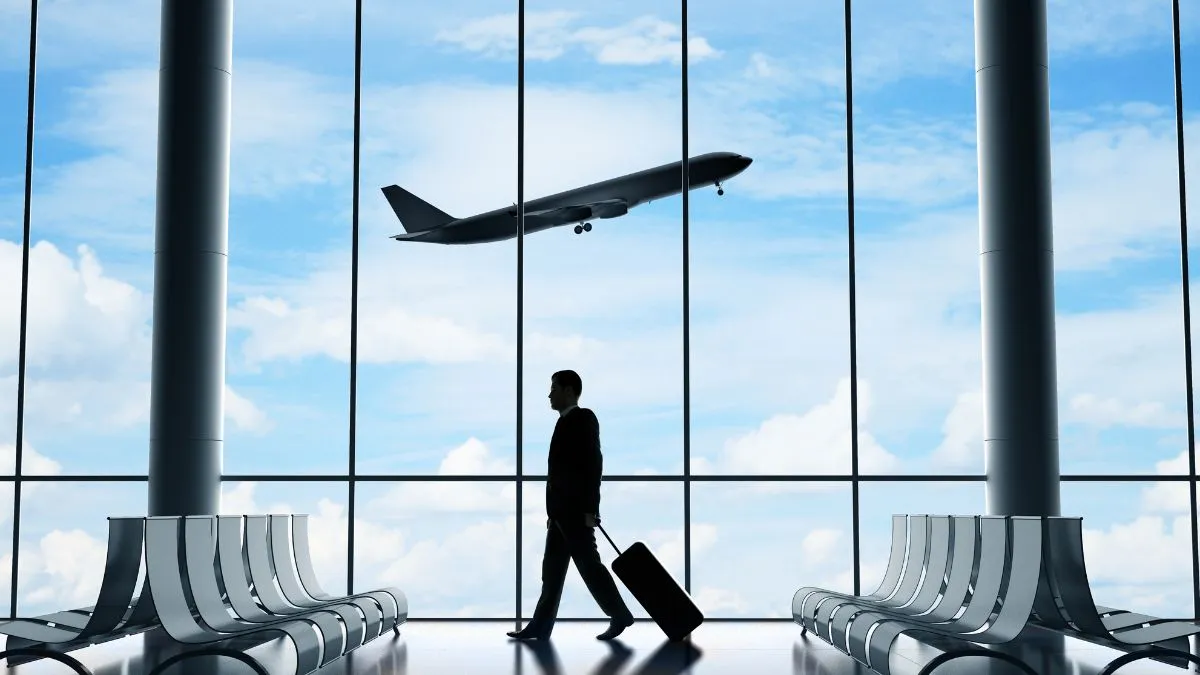Navi Mumbai International Airport: Revolutionizing Air Travel in Mumbai
Get ready, Mumbai! Your wait is almost over. The Navi Mumbai International Airport (NMIA), poised to become India's most advanced airport, is on the verge of commencing commercial operations, promising to transform the landscape of air travel in the financial capital of India. This isn't just another airport; it's a game-changer, and it will bring India into a new era of seamless travel. Prepare for unparalleled convenience, state-of-the-art infrastructure, and an economic boom that will reverberate across the region.
Seamless Connectivity: Reaching New Heights in Accessibility
The NMIA isn't just about convenient flights; it's about setting a new standard for airport accessibility. Forget the hassles of traffic-clogged roads; this airport will be a beacon of smooth and efficient travel, easily accessible via multiple modes of transportation. The inclusion of a direct connection to the underground metro makes it the first airport in India to boast such a feature. Moreover, you can also access the airport through a bullet train, expressway, and the majestic Atal Setu. This is not only convenient, it is a reflection of a futuristic vision for travel in India.
State-of-the-Art Infrastructure: Setting a New Standard
With a capacity to accommodate 350 airplanes at once, including 76 private jets, the sheer scale of the NMIA is breathtaking. The existing 3.7 km runway is ready, and plans are in motion to add another runway in the coming phases of the project. Prepare to witness unparalleled efficiency, passenger comfort, and an airport truly deserving of India's leading financial hub.
Economic Impact: A Catalyst for Growth
This project isn't just transforming air travel, it is a catalyst for massive economic growth in Navi Mumbai and its surrounding areas. Major MNCs are setting up offices near the airport in anticipation of the economic benefits. There's also the promise of a residential and commercial boom, with proposed plans for a plethora of luxury hotels, upscale shopping malls, and office spaces for leading IT companies. All these point to the creation of tens of thousands of jobs and an economic surge that promises to impact the region dramatically.
Transforming Lives: Creating Opportunities
The NMIA isn't just about infrastructure; it's about the people. Thousands of jobs will be created by the airport, directly and indirectly, making it a boon for the region's employment outlook. Local communities will benefit from the economic development and infrastructure improvements, fostering a ripple effect of positive change across Mumbai and the nearby areas.
Phases of Development: A Vision for the Future
The development of the NMIA is taking place in a strategic, phased manner. The initial phase, slated for completion in April 2025, will boost passenger capacity to an impressive 20 million annually. However, this is just the beginning; after the project's completion in four phases by 2036, this number will exponentially increase, expecting to serve over 95 million passengers annually, cementing Mumbai's status as a global aviation hub.
Future Prospects: A Global Aviation Hub
The NMIA represents more than just improved airport services for Mumbai; it sets a stage for its international position, as a global aviation hub. The future will likely witness enhanced connectivity to global markets, and increased collaboration among international airlines. This is more than an airport; it’s a statement and will serve as a reflection of India’s ambitions as an aviation superpower.
Take Away Points
- The Navi Mumbai International Airport (NMIA) is revolutionizing air travel in Mumbai.
- With seamless connectivity, state-of-the-art infrastructure, and economic implications, NMIA is a game-changer.
- The project's completion is spread over four phases, the first one expected to be completed by April 2025, and will serve more than 95 million passengers upon its full completion.
- NMIA isn't merely an airport; it is a catalyst for transformation, bringing economic growth, employment opportunities, and significantly upgrading the region's overall infrastructure and its overall position as an international player in aviation and commerce.




